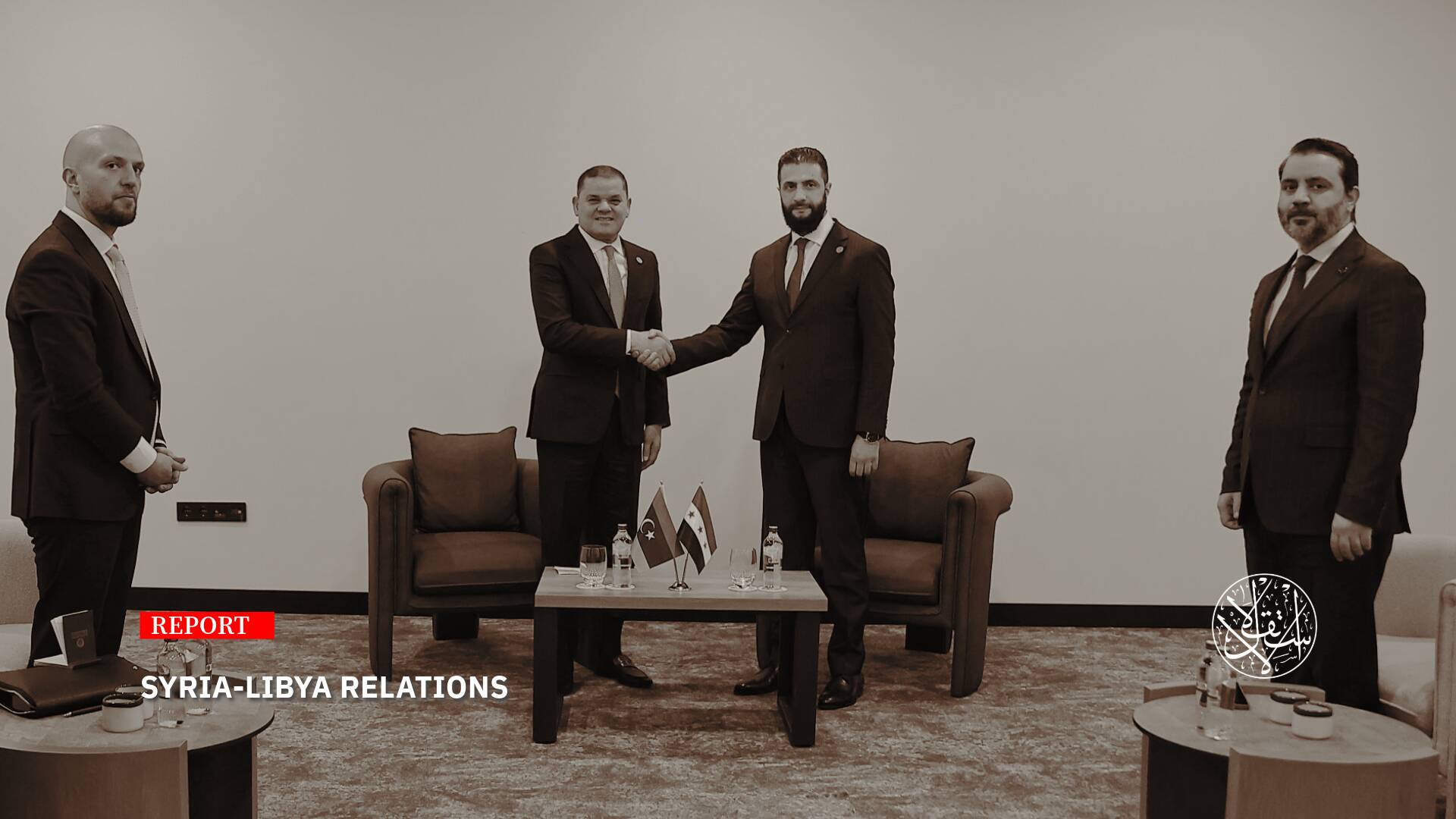Spanish Newspaper: This is How the Palestinians Excelled in Documenting Israel's Crimes

Despite demolishing their homes in front of their eyes, burning their fields against their will, and forcibly expelling them from their lands, the youth of villages south of Al-Khalil in the West Bank of Palestine did not find a way to resist Israel's crimes against them except by documenting them through mobile phone cameras.
A Spanish newspaper report highlighted the work of groups of Palestinian youth in southern Hebron documenting the almost daily demolitions of the Israeli army, and the attacks of Jewish settlers on Palestinian homes.
The Spanish newspaper El Pais considered what the Palestinian youth are doing as a new type of peaceful resistance that presents the crimes of Israeli robbery of the rights of the Palestinian people through social media.
Without Intermediaries
The Spanish newspaper issued from Madrid, quoted the Palestinian youth, Basil Adra, as saying to foreign correspondents on August 11, 2021: “For the first time, we will tell our own story, without intermediaries.”
In front of the iconic image of a young man wearing a keffiyeh, a new generation of activists are using smartphones to document events that violate the rights of their people, according to El Pais, about a Palestinian youth who studied law and uses journalism as a profession.
Adra, speaking with reporters from his village, Al-Tuwani, amid the Palestinian mirage of Area (C), which constitutes 60% of the West Bank that was left under the exclusive administration of Israel in the Oslo Accords.
The newspaper quoted the Peaceful Resistance Youth Gathering, that “since 2003, Palestinians cannot use the road that connects them, the settlers fenced off the neighboring Palestinian lands for their exploitation.”
Adra said, “From here, south of Hebron, the occupation can be seen in all its severity.” He summarized the path of the peaceful popular resistance they chose as a strategy against the occupation.
“We want the world to become aware of our situation, and international follow-up will pressure Israel to abide by international law,” he added.
The activist explained “the situation is different from Ramallah or Hebron, we are here under the direct control of the army, we are working on disseminating information on social media.”
When asked by the newspaper about the way the peaceful youth group behaves when there is an attack by settlers who are protected by the occupation soldiers. Adra replied: “We cannot confront them when they burn our fields or demolish our homes, we record videos, take photos, as we document facts as a form of resistance, we do not stand silent.”

Documented Crimes
El pais quoted one of the reports prepared by the Palestinian activist, which reached the Hebrew press and the international media in Jerusalem and Tel Aviv.
The report confirmed that “at 2:00 in the afternoon of May 14, 2021, dozens of settlers, accompanied by Israeli soldiers, stormed Al-Rayhiya hills south of Hebron, they burned fields and trees and damaged property.”
“While he was trying to put out the fire on his land, Ismail Tubasi, 27 years old, was wounded by a bullet that disfigured his face. Despite the evidence provided by photos and videos, the occupation police did not open an investigation,” according to the report.

Barbed Wire
The Spanish newspaper observed that the barren Bedouin village of Umm al-Khair, consisting of tin huts in the hills south of Hebron, faces the red brick houses and trees on both sides of them in Carmel settlement, which are separated only by barbed wire.
It emphasized that “the Palestinian shepherds bought their lands in 1948, after Israel expelled them from the newly established areas of their lands.”
It explained that “on the other hand, the Jewish settlers established the moshav, the cooperative farm, in 1982 on lands confiscated from the Bedouins.”
“Now, in the village of Umm al-Khair, there are hardly 100 residents who cannot even build a barn, under the weight of demolition by the Israeli forces,” El pais described.
It pointed out that “the IDF's Civil Affairs Office routinely refuses to grant them building permits for security reasons.”
The newspaper added that “at the gates of the village of Umm al-Khair is the Masafer Yatta area, from which more than 1,000 residents were forcibly displaced in 1999 to allow the construction of a military maneuver ground.”
The Bedouins have since been living in a legal limbo, amid constant demolitions of their buildings, many of which have been erected thanks to international cooperation.
In this context, the Israeli NGO “B'Tselem” commented that “Declaring the Strip as a firing zone or a military complex is a common pretext for the expulsion of the Palestinian population from part of the West Bank.”
It added: “The next step is to subsequently give up part of the land to settler organizations in order to build new settlements.”

Confrontations and Deaths
In conjunction with the military escalation in the Gaza Strip between May 10 and 21, 2021, 27 deaths were recorded in the West Bank during confrontations against the Israeli military operation, since then, there have been 13 more deaths, including children.
In the face of so many deaths, in 2020, the United Nations recorded the killing of 20 Palestinians at the hands of Israeli security forces in the West Bank and East Jerusalem.
The newspaper indicated that on July 28, 2021, Muhammad Al-Alami (12-year-old) was killed, when the car he was traveling in with his family near Hebron was hit by about 13 bullets fired by a military patrol of the occupation forces.
In confrontations surrounding Alami's funeral, a Palestinian (20-year-old) killed by Israeli soldiers.
Most of the shooting incidents occurred by Israeli soldiers during the protests in the town of Beita, in the northern West Bank, against the construction of the nearby wild settlement of Eviatar, a group of settlers settled there in May 2021.









